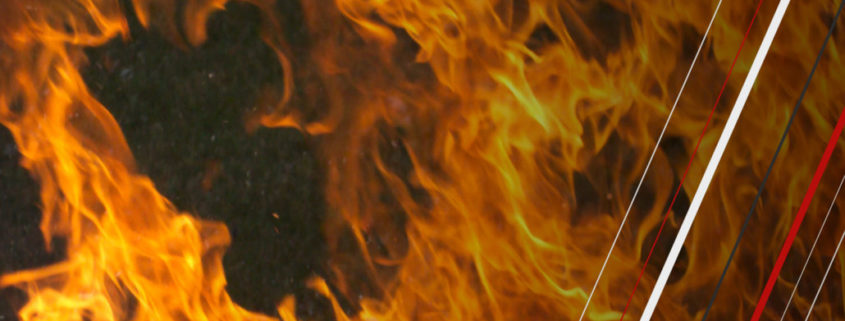Fire regulatory system is ‘broken’
Shadow fire minister Karen Lee has said the fire regulatory system is broken and requires a radical overhaul, and “the government’s approach to the public’s safety in the 15 months since Grenfell has been characterised by inaction.”
Deregulation in the 1980s created a performance-based system, said Lee, in which “rather than prescriptive rule-making, the system outlines required outcomes, left open to industry to decide how they are met”. Lee said that successive governments had scrapped regulations at the expense of public safety and claimed that fire regulations had failed to hold industry accountable for their products.
“Building regulations relating to cladding assert that “external walls of the building[s] [should] adequately resist the spread of fire,” said Lee. “However, large-scale system tests and desktop studies allow for flammable cladding to be used despite this regulation. “The Fire Brigades Union, the Local Government Association, the housing, communities and local government select committee and the Royal Institute of British Architecture have all raised concerns with testing methods which allow the use of flammable cladding and insulation,” she said.
The solution according to Lee was a complete overhaul of fire safety. “The fire regulatory system is broken and requires a radical overhaul,” said Lee. Labour’s shadow minister also criticised the Hackett review set up in the wake of the Grnfell fire. “The government commissioned the independent Hackett review and presented it as an opportunity for fire safety reform following Grenfell. In reality, Hackett’s recommendations offered no change to regulations. The review acknowledged that existing regulations have caused the industry to “race to the bottom” but did not ban flammable cladding or the methods enabling its use,” Lee said.
Lee also questioned the panel of experts that advised the Hackett review. “It is important to note that the expert panel advising the Hackett review had members who had signed off the use of flammable cladding, such as the Building Research Establishment which delivers the testing that allows for installation of flammable cladding,” said Lee. “The Hackett review failed. The government then pushed the issue into another consultation on banning the use of flammable materials on external walls of high-rise residential buildings,” she said.
While she welcomed the consultation, Lee said that residents living in buildings wrapped in potentially dangerous cladding should not have to wait more than a year for their safety to be consulted on. As of August 16 2018, the Ministry for Housing, Communities and Local Government has identified 466 buildings that still have Grenfell-like cladding installed. Lee claimed that the threat to these buildings mirrors that of Grenfell and the government needed to take urgent action.
RIBA have also proposed a post Grenfell fire safety plan of work, and have opened a consultation including a draft document that can be viewed here
It will be open until October 11, 2018 as a means to address concerns raised in Dame Judith Hackitt’s Independent Review of Building Regulations and Fire Safety. The review was launched as a response to the Grenfell Tower fire.
RIBA has used the proposed overhaul of its existing process guidance to try and incorporate key recommendations in the Hackitt review that have called for improved “transparency, accountability and collaboration” across the construction and building services industry.
RIBA director of practice Lucy Carmichael said that the draft Plan of Work set devised as a resource that can be adopted as broadly as possible by stakeholders working across design, construction and longer-term building management.
A key recommendation is to ensure the earlier involvement of building control, fire authorities, building managers and tenants. This could lead to increased costs for the client.
Project team accountability would be enforced through new statutory duties based on the Construction Design and Management Regulations 2015 model.
Proposed review and sign-off procedures, and independent inspection, would also help to safeguard fire safe specification and detailing, according to RIBA.
Source: Architecture.com / hvnplus / UK Construction Week






